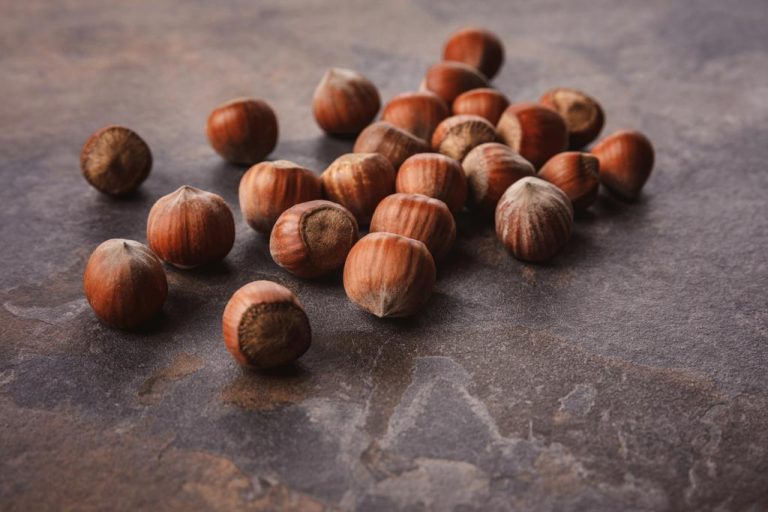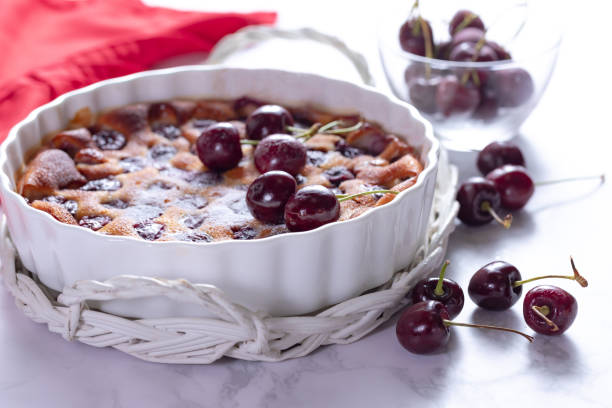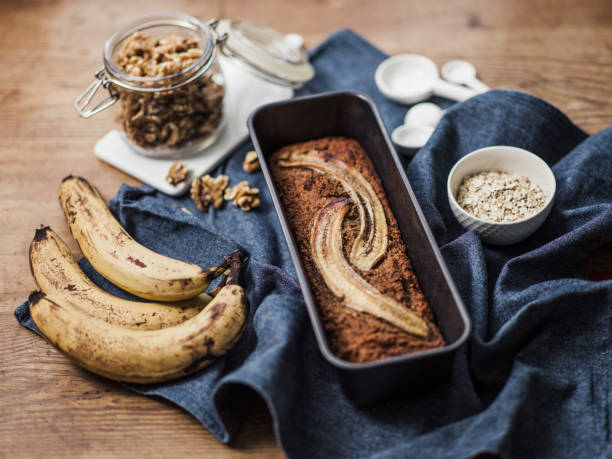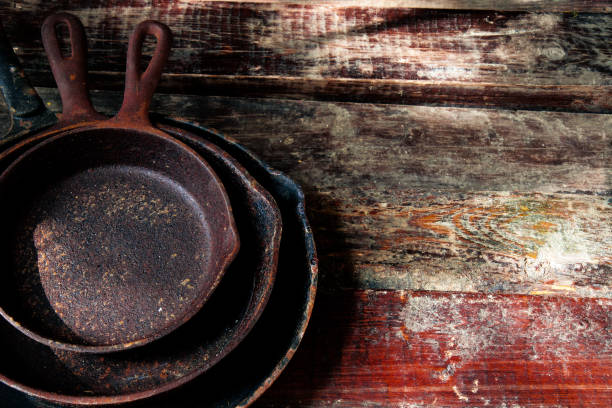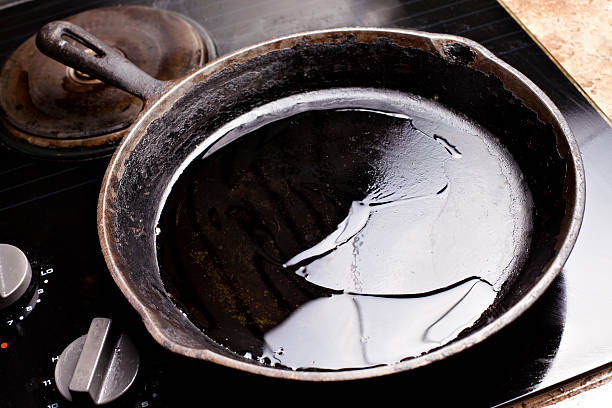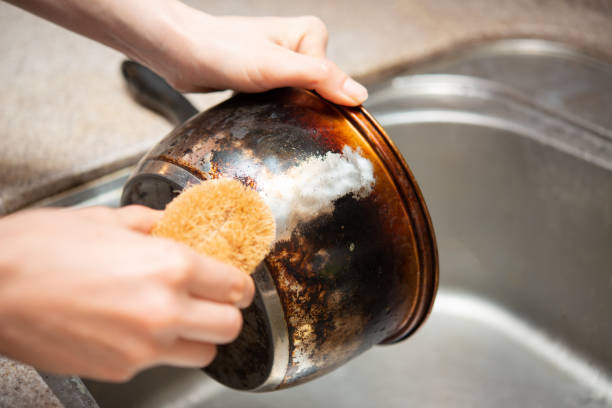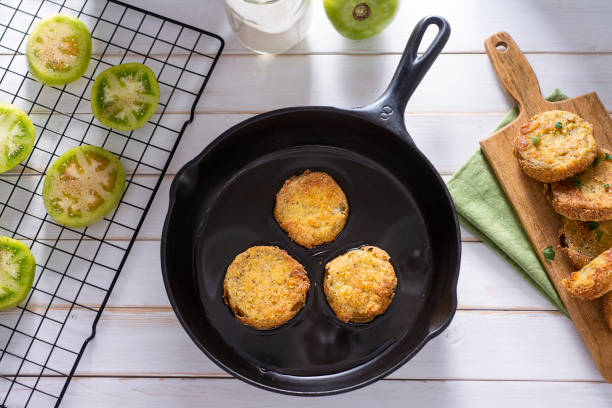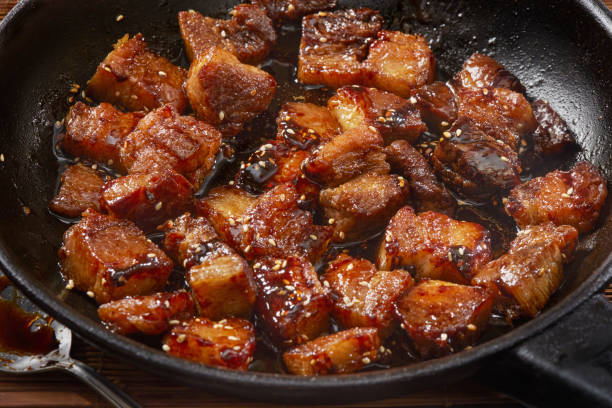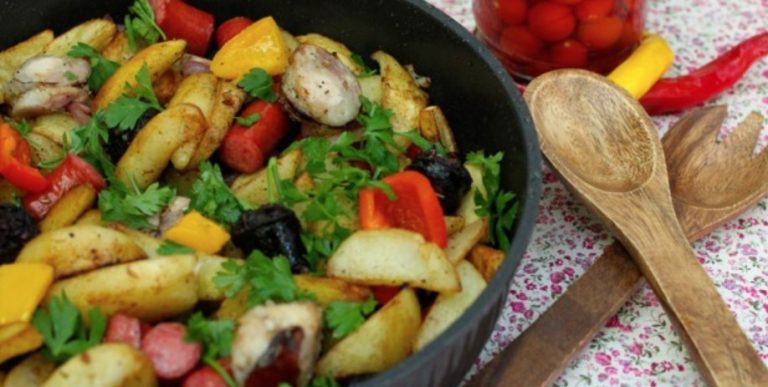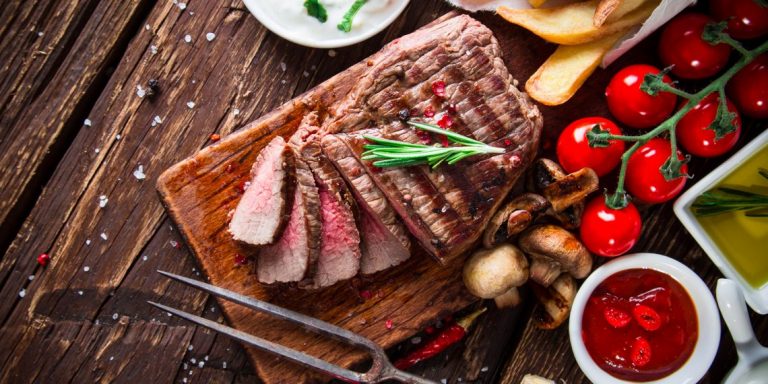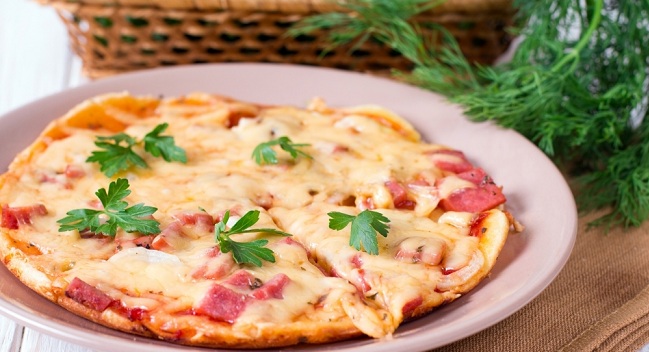Classic pasta with sugo and parmesan makes every connoisseur’s heart beat faster – but our mouths really water when the much-loved pasta comes out of the pan. No wonder fried pasta is one of the most popular Asian dishes!
It is all the more surprising that both Italian and German cuisine has so far only known pasta from the pan as typical use of leftover cooked pasta. High time to change that! Because with pasta plus fresh ingredients according to your taste, you can conjure up wonderfully light, all-around delicious dishes.
Pan pasta: This is how it is guaranteed to succeed
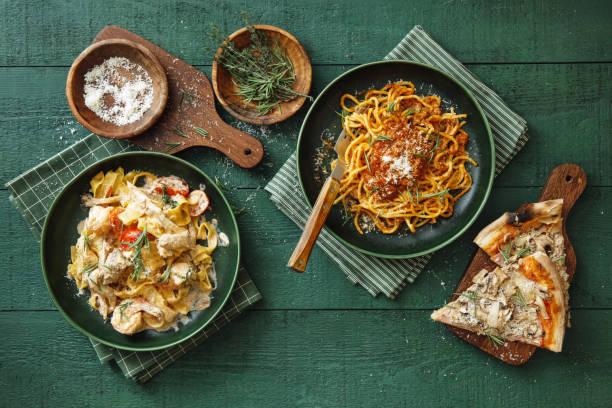
Of course, pasta is always the basis for the pan: leftovers are welcome, but you can also pre-cook the pasta for this purpose.
Important: In order for them to be nice and crispy and not mushy, the pasta should be “al dente”, i.e. still have a bite to it, and drain very well! Don’t put too much in the pan at once and turn the pan pasta frequently while frying. As a rule, you first take the finished fried pasta out of the pan, then cook the remaining ingredients and mix the pasta back in to heat it up just before serving.
Incidentally, almost all types of pasta made from durum wheat semolina are particularly suitable as pan pasta, whether whole grain or not. They shouldn’t be too thin – like e.g. soup noodles or vermicelli. Medium size and a rather short shape are ideal: penne, farfalle, conchiglie (mussel pasta), fusilli, or rigatoni, for example, are particularly easy to fry, as are filled tortellini, ravioli, or Cappellini. However, you should also pre-cook the latter for a short time!
Pan pasta: often different, always delicious
Even simpler and downright ingenious: noodles that were specially developed for frying in the pan. Isn’t there? there is! Brand new in the refrigerated section, for example, are three ingenious types of “pan pasta”. The special thing about it: the casing made of delicious dough stays in shape when frying and becomes super crispy. As an irresistible contrast, the creamy filling with fine pieces provides an extra culinary surprise.
And again and again, because the previously “only” three varieties of the pan pasta, which was specially designed for frying, can be combined with almost anything that tastes good – and depending on the ingredients used, it gets a new twist every time. Meat and fish fans will get their money’s worth as well as die-hard veggies. Because whether filled with dried tomatoes and grilled aubergines, with creamed spinach and cheese, or with ricotta and mushrooms: the cappelletti for pan pasta go just as well with fresh vegetables as with meat, poultry, or fish.
Pan pasta: perfect for those in a hurry
Do you like to eat really well, but have little time to cook and wash up? Then pan pasta is the perfect solution for you! You don’t need more than one pan to prepare it – and it’s also extra fast.
For example, you only have to plan a full 10 minutes if you want to serve delicious pans of pasta in tomato cream – even though you prepare the sauce yourself! The pan-fried pasta with creamed spinach and parmesan is also ideal for connoisseurs in a hurry at around 12 minutes.

The colorful pan-fried pasta Caprese with tomatoes, mozzarella, and basil does not take much longer, namely 15 minutes. The sliced tender chicken fillet, aromatic tomatoes, and crispy pasta spread enchanting aromas of “Bella Italia” with a turbo-speed preparation time of just 17 minutes. And even a hearty classic like the pan-fried pasta with hearty bacon and vegetables is ready in just under 20 minutes.
Almost record-breaking: The pan pasta with olives and rocket brings real Italian flair to the table after incredible 7 minutes. You can hardly cook market-fresh, healthy, and tasty food faster!



